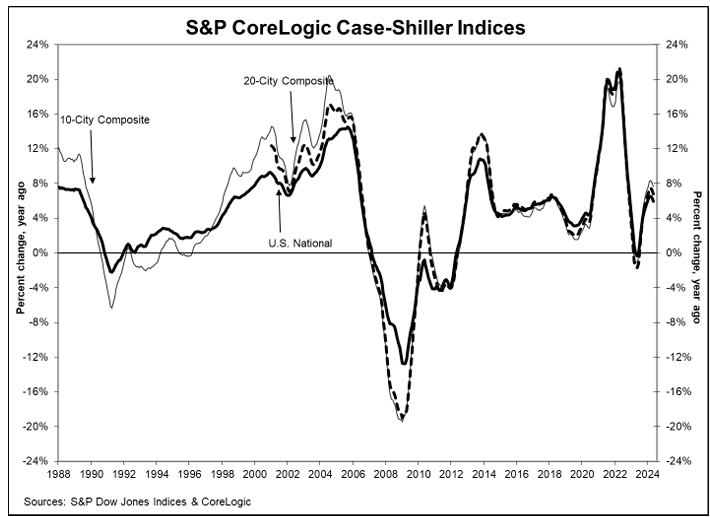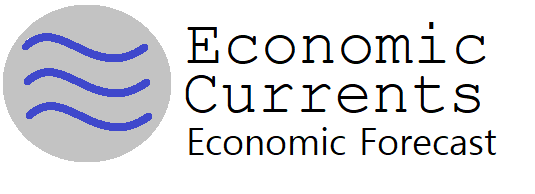Today Through the Fourth Friday (22 to 28 days) Weather Outlook for the U.S. and a Six-Day Forecast for the World: posted July 31, 2024
This article focuses on what we are paying attention to in the next 48 to 72 hours. The article also includes weather maps for longer-term U.S. outlooks and a six-day World weather outlook which can be very useful for travelers.
First the NWS Short Range Forecast. The afternoon NWS text update can be found here after about 4 p.m. New York time but it is unlikely to have changed very much from the morning update. The images in this article automatically update.
Short Range Forecast Discussion
NWS Weather Prediction Center College Park MD
428 PM EDT Tue Jul 30 2024
Valid 00Z Wed Jul 31 2024 – 00Z Fri Aug 02 2024…There is an Enhanced Risk of severe thunderstorms over parts of the
Central Plains and Middle Mississippi Valley on Tuesday evening and
Wednesday with a Slight Risk of severe thunderstorms over parts of the
Ohio Valley on Thursday……There is a Slight Risk of excessive rainfall over parts of the Middle
Mississippi Valley and Ohio/Tennessee Valleys on Tuesday evening and
Wednesday……There is a Slight Risk of excessive rainfall over parts of Northern New
England and Southwest on Wednesday and over parts of the Ohio Valley on
Thursday……There are Excessive Heat Watches over parts of the Pacific Northwest
and Excessive Heat Warnings/Advisories over parts of the Central/Southern
Plains, Middle/Lower Mississippi Valley, Ohio/Tennessee Valleys, and the
Southeast.A front with a wave of low pressure over the Northern High Plains will
move slowly eastward to the Ohio Valley/Great Lakes by Thursday. The
associated boundary will aid in triggering showers and severe
thunderstorms over parts of the Central Plains, Middle Mississippi Valley,
and parts of the Ohio/Tennessee Valleys. Therefore, the SPC has issued an
Enhanced Risk (level 3/5) of severe thunderstorms over the Central Plains
and Middle Mississippi Valley through Wednesday morning. The hazards
associated with these thunderstorms are frequent lightning, severe
thunderstorm wind gusts, hail, and a few tornadoes. Also, there is a
threat of severe thunderstorm wind gust of 65 knots, or greater over parts
of the Central Plains, Middle Mississippi Valley and hail two inches, or
greater over parts of the Central Plains.In addition, showers and thunderstorms will create heavy rain over parts
of the Middle Mississippi Valley and Ohio/Tennessee Valleys. Therefore,
the WPC has issued a Slight Risk (level 2/4) of excessive rainfall over
parts of the Middle Mississippi Valley and Ohio/Tennessee Valleys through
Wednesday morning. The associated heavy rain will create mainly localized
areas of flash flooding, with urban areas, roads, small streams, and
low-lying areas the most vulnerable.A second area of severe thunderstorms is forecast over parts of the
Northern Plains. Therefore, the SPC has issued a Slight Risk (level 2/5)
of severe thunderstorms over parts of the Northern Plains through
Wednesday morning. The hazards associated with these thunderstorms are
frequent lightning, severe thunderstorm wind gusts, hail, and a few
tornadoes.As the wave of low-pressure moves eastward overnight Tuesday into
Wednesday, the system will create showers and severe thunderstorms over
parts of the Middle Mississippi Valley. Therefore, the SPC has issued an
Enhanced Risk (level 3/5) of severe thunderstorms over the Middle
Mississippi Valley from Wednesday through Thursday morning. The hazards
associated with these thunderstorms are frequent lightning, severe
thunderstorm wind gusts, hail, and a few tornadoes. Moreover, there is an
increased threat of severe thunderstorms wind gust of 65 knots or greater
over parts of the Central/Southern Plains and Upper/Middle Mississippi
Valley. Additionally, there is a threat of hail two inches or greater over
parts of the Northern/Central Plains and Upper Mississippi Valley.Furthermore, showers and thunderstorms will produce heavy rain over parts
of the Northern Plains, Upper/Middle Mississippi Valley, and Ohio Valley.
Therefore, the WPC has issued a Slight Risk (level 2/4) of excessive
rainfall over parts of these areas from Wednesday through Thursday
morning. The associated heavy rain will create mainly localized areas of
flash flooding, with urban areas, roads, small streams, and low-lying
areas the most vulnerable.Moreover, upper-level energy and a plume of moisture moving over New
England will produce areas of heavy rain. Therefore, the WPC has issued a
Slight Risk (level 2/4) of excessive rainfall over parts of Northern New
England from Wednesday through Thursday morning. The associated heavy
rain will create mainly localized areas of flash flooding, with urban
areas, roads, small streams, and low-lying areas the most vulnerable.Similarly, upper-level energy and a plume of moisture will create areas of
heavy rain over parts of the Southwest. Therefore, the WPC has issued a
Slight Risk (level 2/4) of excessive rainfall over parts of the Southwest
from Wednesday through Thursday morning. The associated heavy rain will
create mainly localized areas of flash flooding, with urban areas, roads,
small streams, and low-lying areas the most vulnerable.On Thursday, the wave of low pressure continues to move eastward,
producing showers and severe thunderstorms over parts of the Ohio Valley.
Therefore, on Thursday, the SPC issued a Slight Risk (level 2/5) of severe
thunderstorms over parts of the Ohio Valley. The hazards associated with
these thunderstorms are frequent lightning, severe thunderstorm wind
gusts, hail, and a few tornadoes.Likewise, the showers and thunderstorms will create heavy rain over parts
of the Ohio Valley/Great Lakes. Therefore, the WPC has issued a Slight
Risk (level 2/4) of excessive rainfall over parts of the Ohio Valley/Great
Lakes on Thursday. The associated heavy rain will create mainly localized
areas of flash flooding, with urban areas, roads, small streams, and
low-lying areas the most vulnerable.Meanwhile, upper-level ridging will build over the Pacific Northwest,
spawning Excessive Heat Watches over parts of the region. The upper-level
ridging will aid in creating intense and widespread heat across portions
of the West late this week. High temperatures 10-15 degrees above normal
are expected across the Northwest and Northern High Plains later this
week, where several daily record high temperatures are forecast.Moreover, the upper-level high will develop over the central portion of
the country, which will foster Excessive Heat Warnings/ Heat Advisories
over parts of the Central/Southern Plains, Middle/Lower Mississippi
Valley, Ohio/Tennessee Valleys, and the Southeast. The associated
dangerous heat, with high temperatures exceeding 100F and heat indices
near 110F, persists over the South-Central Plains and Mid-South through
Thursday. Multiple days of Major to Extreme HeatRisk are forecast for
portions of the southern Plains to the Southeast. These levels of heat
mean health impacts become more likely in general, and may occur in ANYONE
without adequate hydration or cooling










